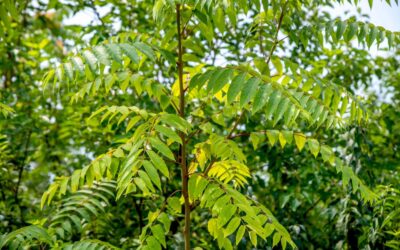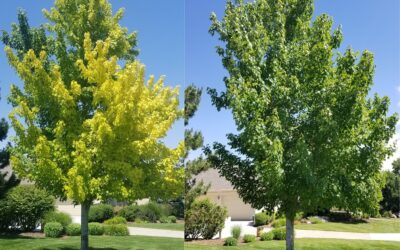If you want to add a little drama to your landscape, you won’t go wrong with a saucer magnolia. This French hybrid blooms profusely in the spring with large fragrant pink and white flowers prior to the emergence of thick, smooth deep 3-6” green leaves. It bears an elongated fruit that attracts wildlife and birds often use its branches for nesting. The leaves turn a reddish brown before dropping in the fall, leaving a thick interwoven branch structure for winter interest.
Size, Soil, Sun and Shade
Saucer magnolias can be grown as deciduous flowering shrubs or small (25 foot)round trees, depending on how they are groomed. They tend to put up multiple trunks, but those can be pruned to a single trunk if desired. They like slightly acidic, fertile, well-drained soil in full sun or partial shade. They can withstand mild urban pollution.
Protect from Frost to Sustain Health and Flower Production
One of the hardier hybrids, saucer magnolias can thrive along Colorado’s Front Range, but a little extra care might be needed to protect them against late, flower-killing frosts and harsh, drying winds. Planting them in sheltered areas close to the warmth of your house and generously mulching around the root area will help assure sustained health and flower production. Smaller plants can be further helped by covering them on nights where a late frost is expected. Planting away from southern exposure or near sheltering trees can delay flowering until frost danger has passed.
Saucer magnolias are relatively slow growing, and with proper care can be expected to live for up to eighty years.
If you’re planning to add a saucer magnolia to your landscape, or have one that needs maintenance or preparation for the coming winter, give us a call for a free estimate at 303-623-8733.



